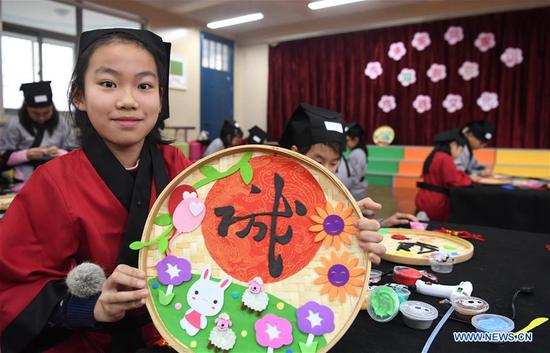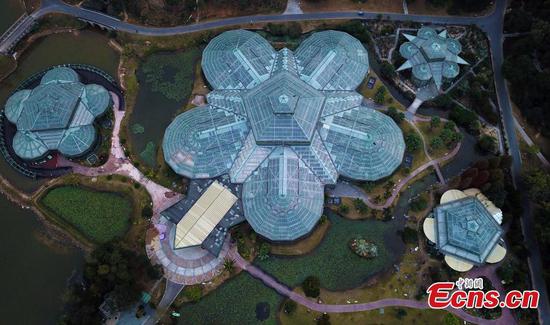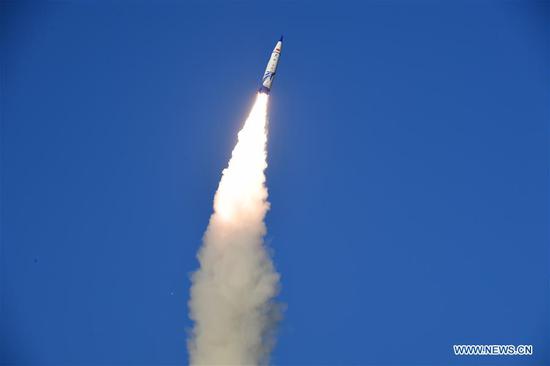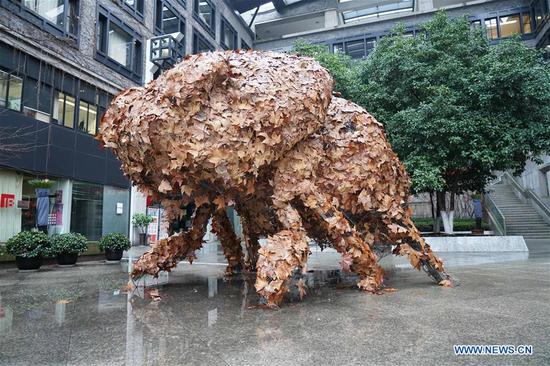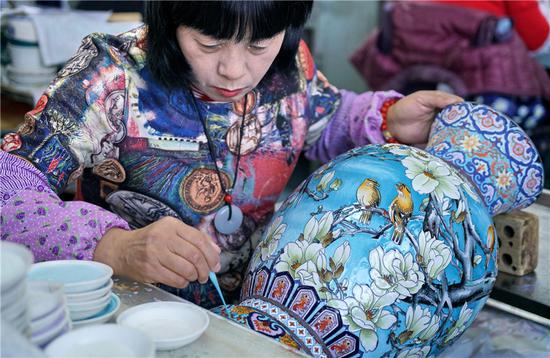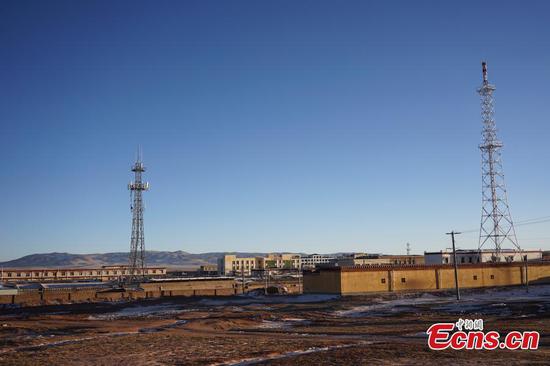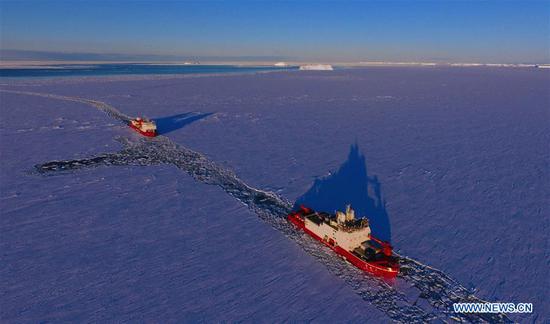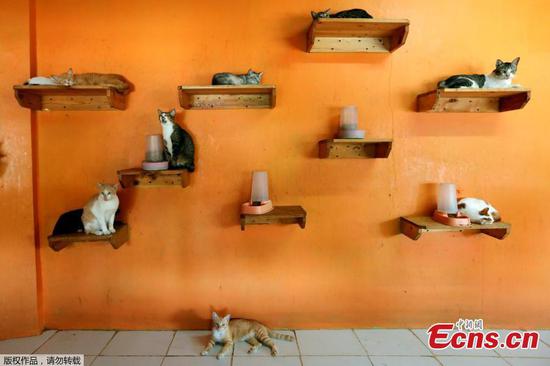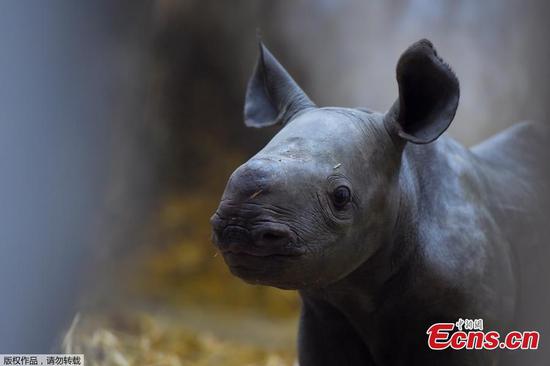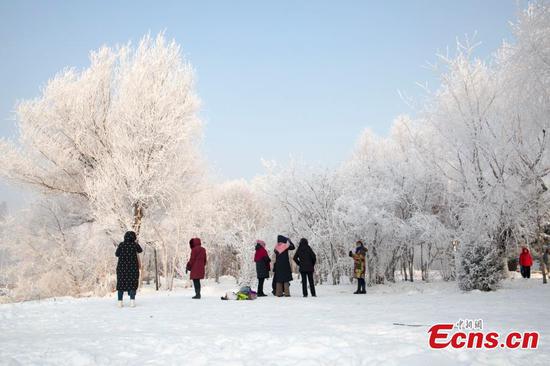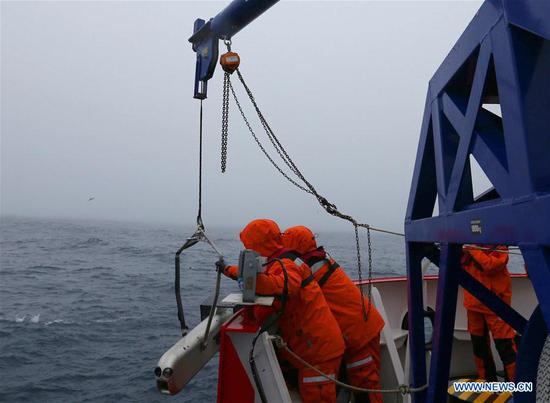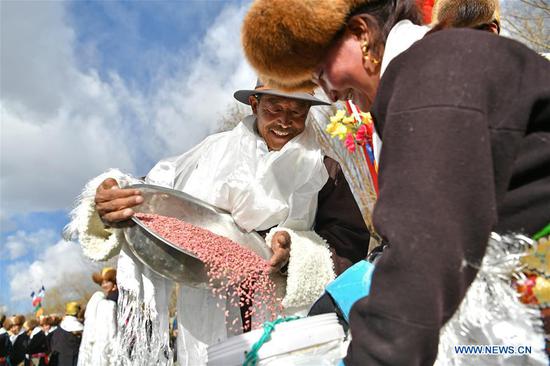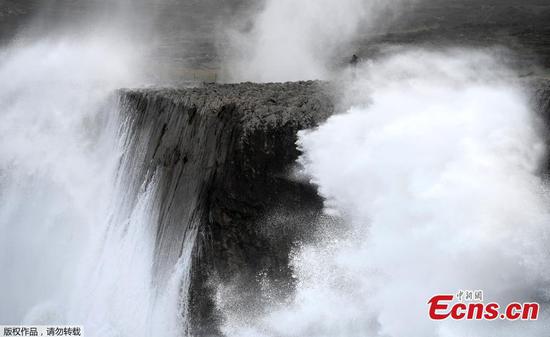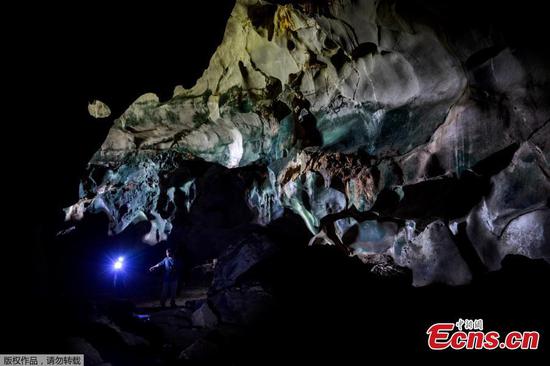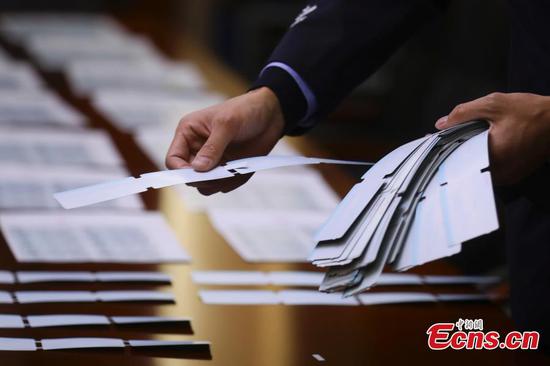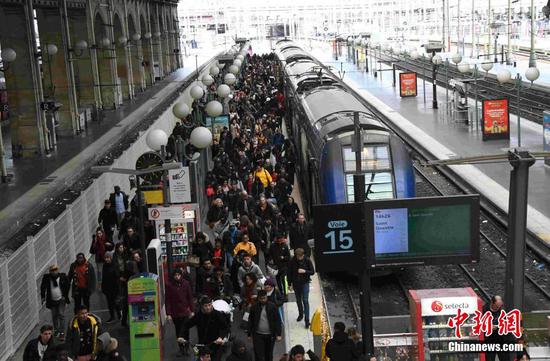This year saw rising tariffs and escalation in trade war between the U.S. and China, and then, right at the end of the year, the two countries agreed to a phase one deal. Analysts believed that a phase one trade deal could stir growth for both of the two largest economies in the world.
The China-U.S. phase one trade deal arrived just in time for Christmas and received festive greetings from Washington as well as Beijing.
U.S. President Donald Trump said that the deal is going to "be one of the great deals ever." Chinese Vice Minister of Commerce Wang Shouwen stated that "the agreement will help improve the cooperation between China and the U.S. in economy and trade."
Easing tensions should improve both countries' growth, according to economist Anthony Chan, who was the former chief economist at JPMorgan Chase & Co. He forecasted China's real GDP growth next year back to the level beyond 6 percent because of eased trade tensions.
"The consensus view was that real GDP in China could slip below 6 percent next year. Now with the deescalation of trade tensions, I would not be surprised if real GDP growth in China moves back towards the 6-percent range, and maybe even surpass it," he said.
"In the United States, the expectation before the deescalation of trade tensions was that economic growth or real GDP could come in as low as 1.6 percent or 1.7 percent," the economist noted, projecting that the U.S. economic growth in 2020 will stand at 1.8 percent to 1.9 percent.
"Now with deescalation of tensions, I would not be surprised if capital spending would be more positive into 2020, then we could easily see real GDP moving a little bit higher, maybe to 1.8 or even 1.9 percent," he said.
Moreover, the U.S. negotiators say China has agreed to buy more American products, particularly agricultural goods, to reduce the trade deficit between the two countries. In return, the U.S. cut existing tariffs on Chinese goods and canceled a new round of tariffs that was set to take effect on December 15.
That would have seemed nearly impossible at the start of the year, which began in a stalemate.
In May, Trump hit the escalation button on Twitter, announcing the tariffs on 200 billion U.S. dollars worth of Chinese goods would increase to 25 percent, and threatening to impose additional tariffs.
"Most economists are in agreement that tariffs certainly depress economic growth because they certainly increase uncertainty and make businesses a lot more reluctant to undertake new projects and spend money on capital expenditures," Chan told CGTN.
The rising tariffs meant missed opportunities for some parts of the U.S. economy, and the agriculture sector in the country bore the brunt, according to Shihoko Goto, a senior Northeast Asia associate at the Wilson Center's Asia Program.
"The agriculture sector has been particularly damaged in this trade war with China. There had been opportunities for the United States to sell pork to China because there was a big outbreak of African swine flu in China. And yet, because of this trade war, it was very difficult for U.S. exporters to actually take advantage of that and export to the Chinese market," she said.
Then in June, on the sidelines of the G20 Summit in Argentina, U.S. President Donald Trump and Chinese President Xi Jinping agreed to come back to the negotiating table.
On-again, off-again trade talks eventually led to the phase one deal. Claude Barfield, American Enterprise Institute economist thought Trump got what he wanted.
"I think this is not just the case with the China deal; there is pressure for the U.S.-Canada-Mexico deal. It's the decision the president has made. Apparently, he keeps hedging on it, not to introduce bogus national security automobile tariffs. So, he has a track record that he thinks he can run on," Barfield said.
A topsy-turvy 2019 led to a phase one deal but some of the most contentious issues in the trade relationship are still on the table as we head into 2020.
By Giles Gibson, Global Business









